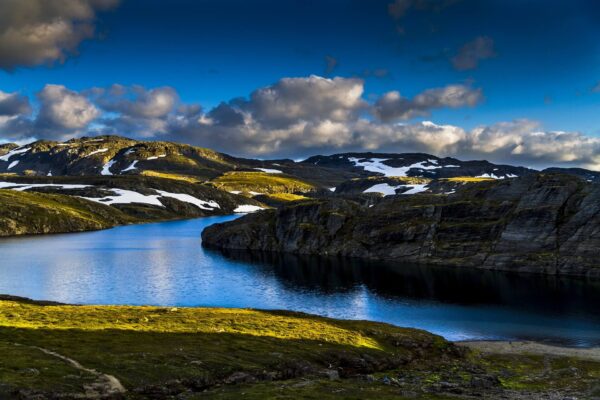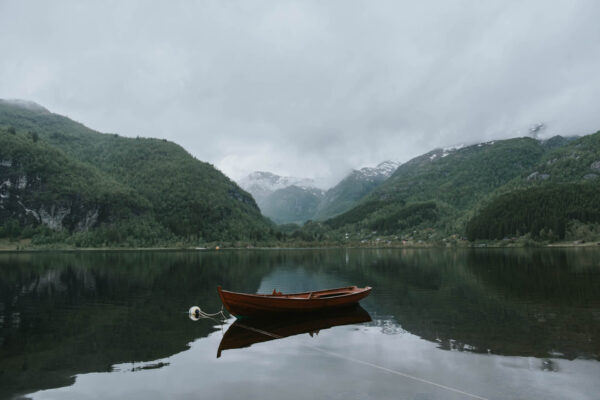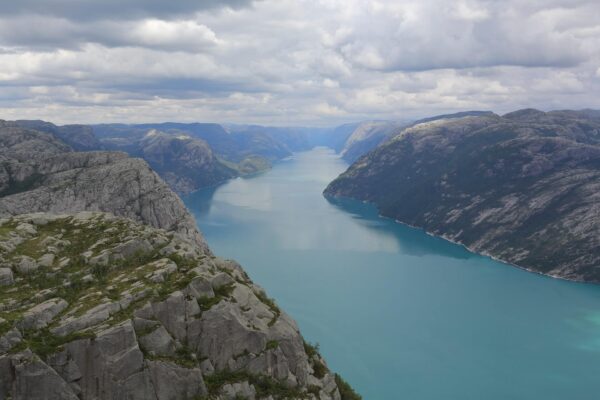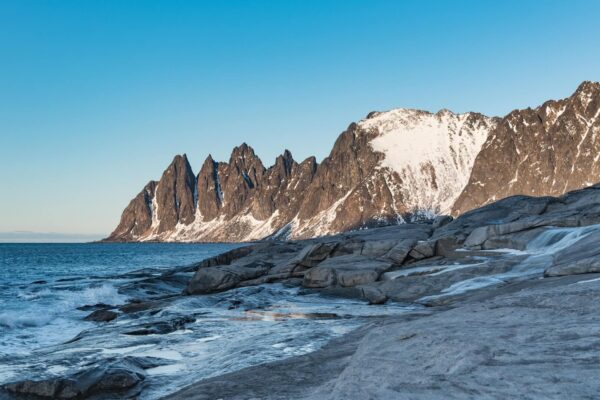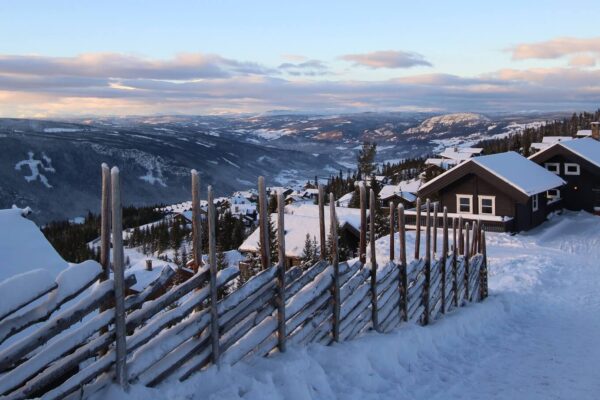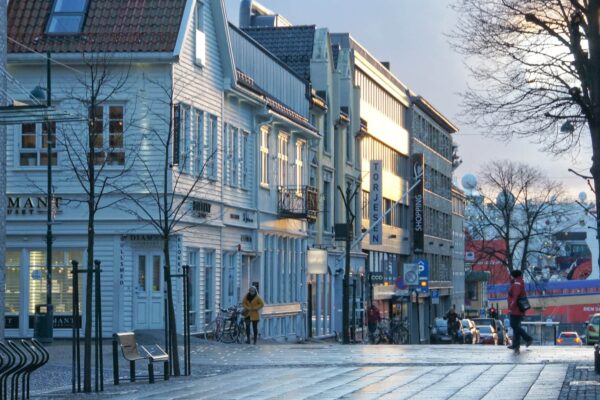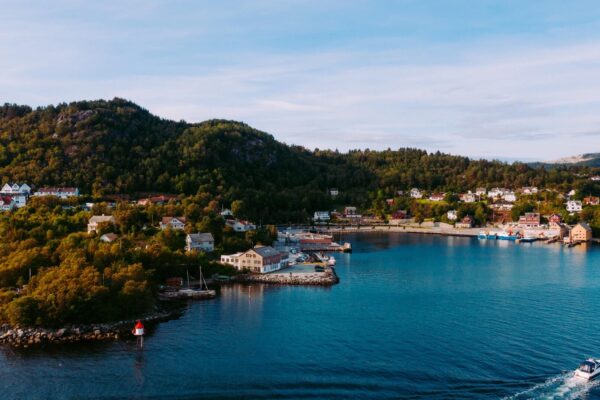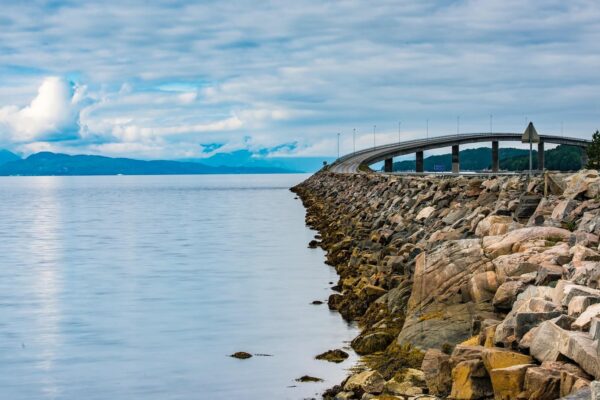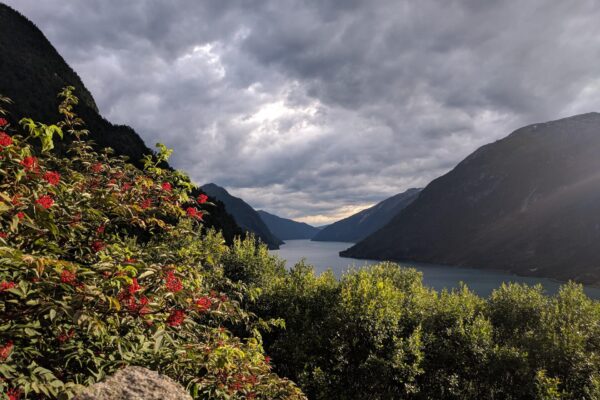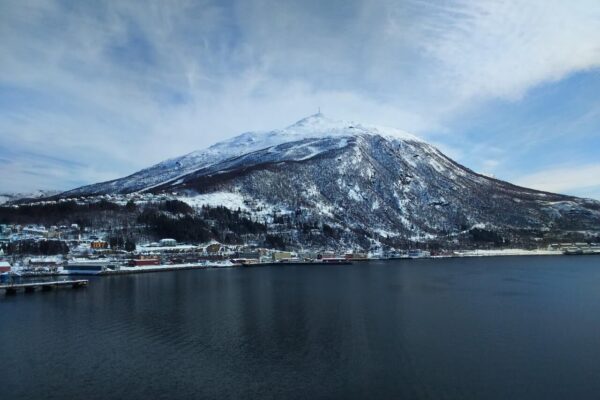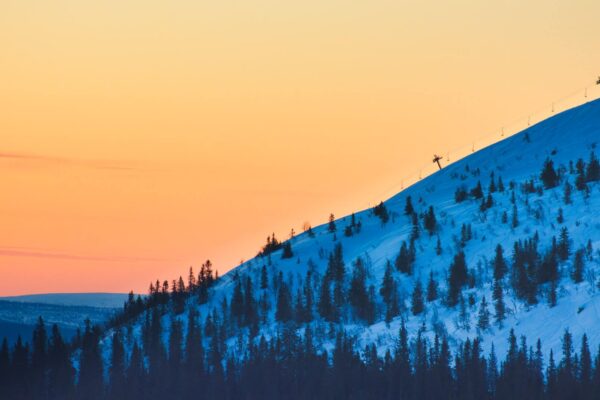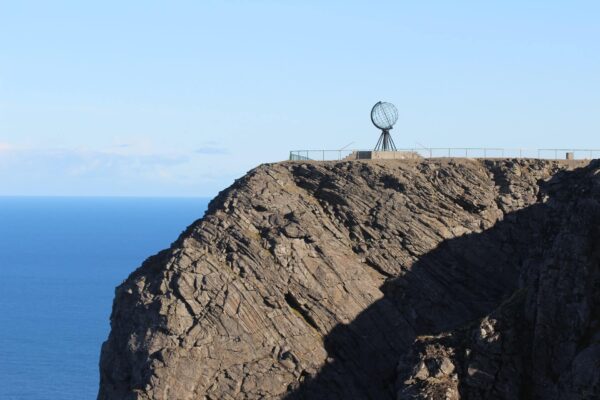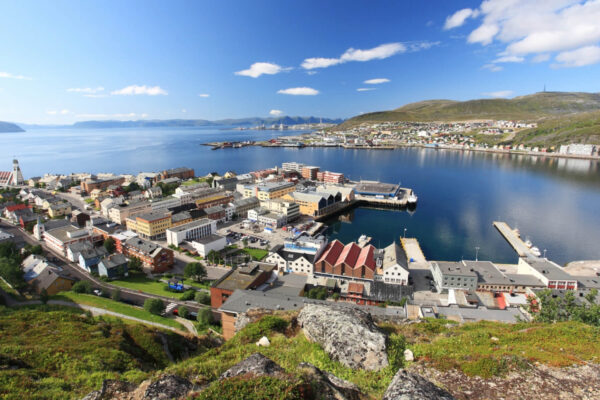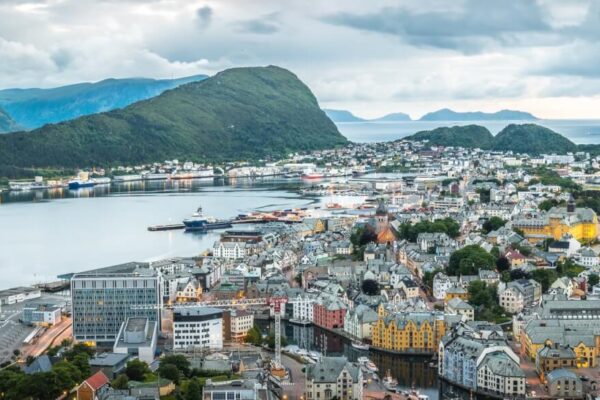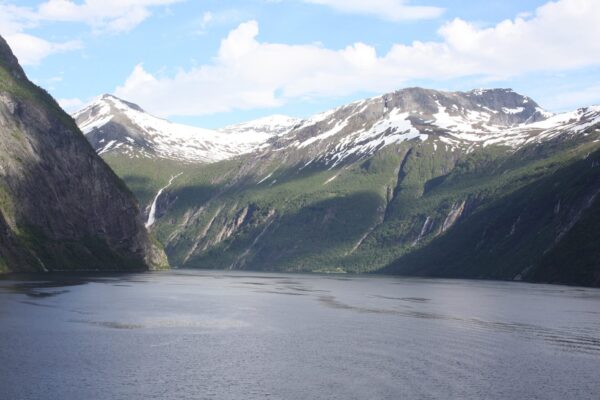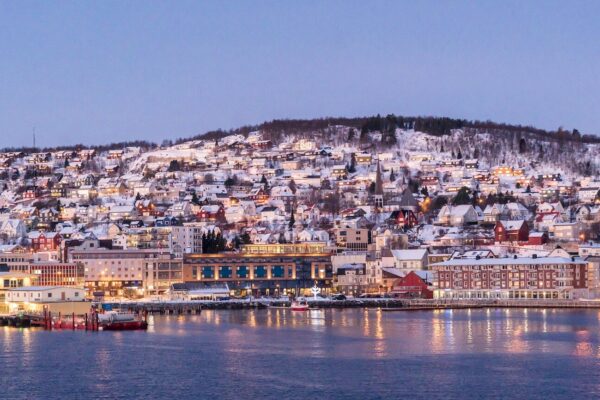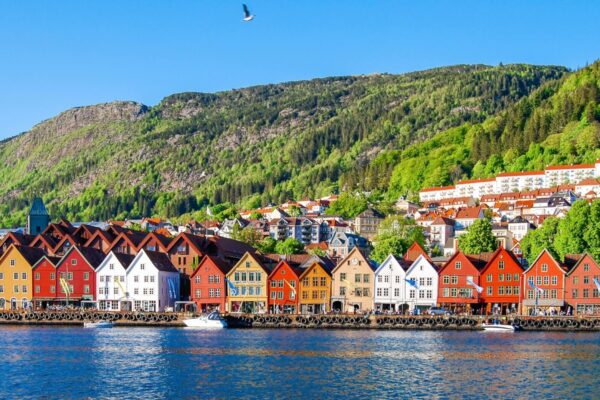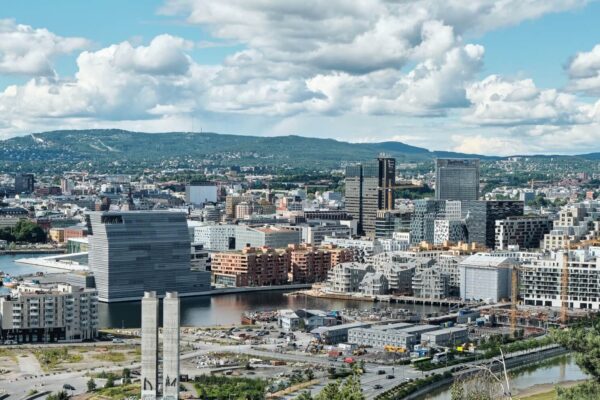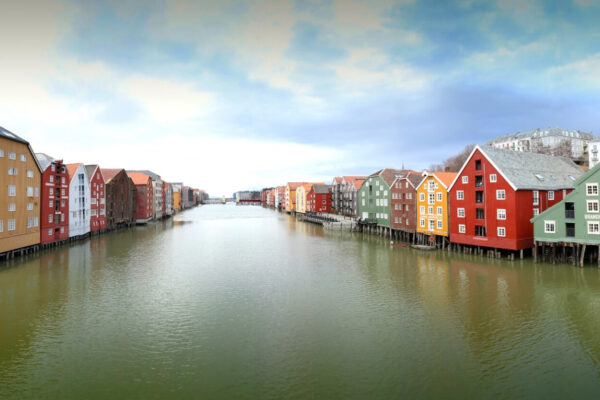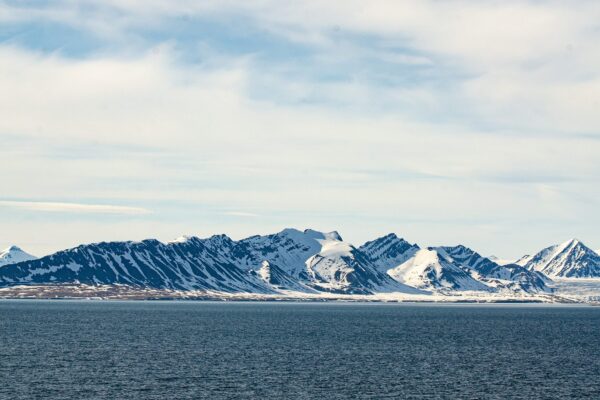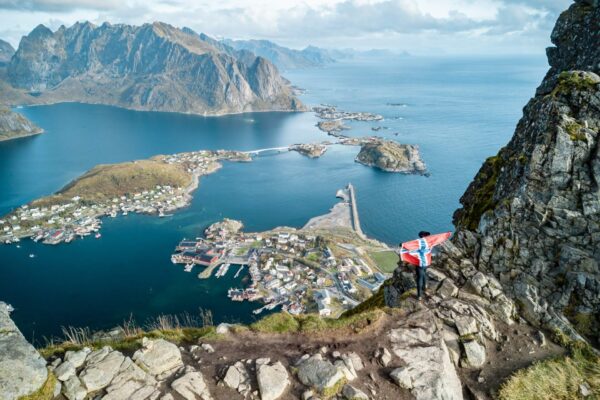High in the north, far in the east – the Norwegian town of Kirkenes is located in one of the most remote regions in Europe. However, this remoteness makes it a very special holiday destination, as the extraordinary nature of the region, which includes parts of the Siberian taiga, invites you to go on many outdoor and discovery tours. Here you can find out everything you need to know about the small town on the Varangerfjord, how and when best to arrive and what visitors interested in history in particular should not miss out on!
Why should you travel to Kirkenes?
Kirkenes has a very special location – well hidden in the north-east of Norway, it is one of the last municipalities before the Russian border. Finland is not far away either, making the area around Kirkenes one of the northernmost border triangles in the world. This location also means that Kirkenes has a very special natural environment that is very different from the rest of Norway and is closer to the Siberian taiga in the east. That unique nature is one of the main attractions of the region, as it invites you to enjoy all kinds of outdoor activities, both in summer and winter.
But Kirkenes has even more to offer besides its breathtaking nature. Not only is the region by far the oldest piece of land on the European continent, but it also has an eventful history. After the occupation of Norway by Germany in the 1940s, Kirkenes was a strategically important position on the external border with the Soviet Union, which was strongly felt by the population. It is therefore worth making a detour to the town’s museums, which deal with precisely this topic. Culturally, Kirkenes is not only characterised by its proximity to neighbouring countries, but also by the Sami people, who are at home in Northern Europe.
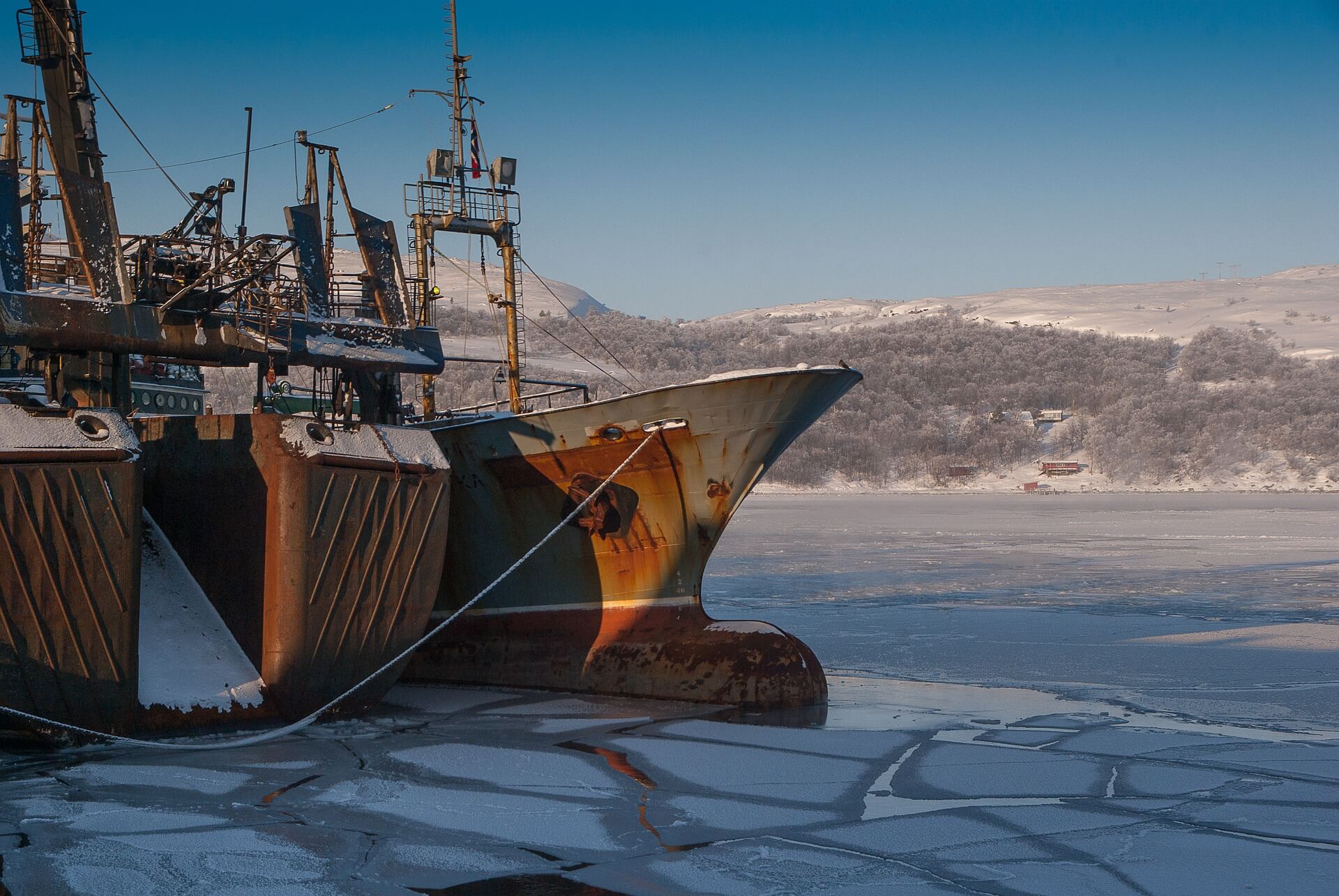
Where is Kirkenes located?
Kirkenes is located almost 400 kilometres north of the Arctic Circle in Troms og Finnmark, which is both the northernmost and easternmost Norwegian province on the mainland. The municipality is located in the east of the province on the Varangerfjord, which flows into the Barents Sea in the Arctic Ocean. While the well-known Norwegian cities are far away, it is only a stone’s throw from Kirkenes to Russia – 10 kilometres – and Finland – 35 kilometres.
The nearest major Norwegian city is the provincial capital Tromsø, which is around 780 kilometres away by car. As with most of Norway, the fastest route is through Sweden and Finland. If you want to reach Kirkenes by car from Oslo, you have to drive a good 1860 kilometres, most of which runs along the entire Swedish coast to the Gulf of Bothnia. It also takes around 530 kilometres to drive to the North Cape, which is – for Norwegian standard – actually quite close. By comparison, it is “only” 335 kilometres to Murmansk in Russia.
Weather in Kirkenes
400 kilometres north of the Arctic Circle means that you can experience the polar night in Kirkenes from 27 November to 16 January and the midnight sun from 15 May to 28 July. The location also means that it never gets particularly warm – in July, the warmest month, temperatures average 15° Celsius. Winters, on the other hand, are cold and guarantee ice, snow and clear winter nights, meaning the Northern Lights will dance across the horizon. From November to March, temperatures are usually below freezing, with the lowest temperatures being reached in January and February with an average of -6° Celsius.
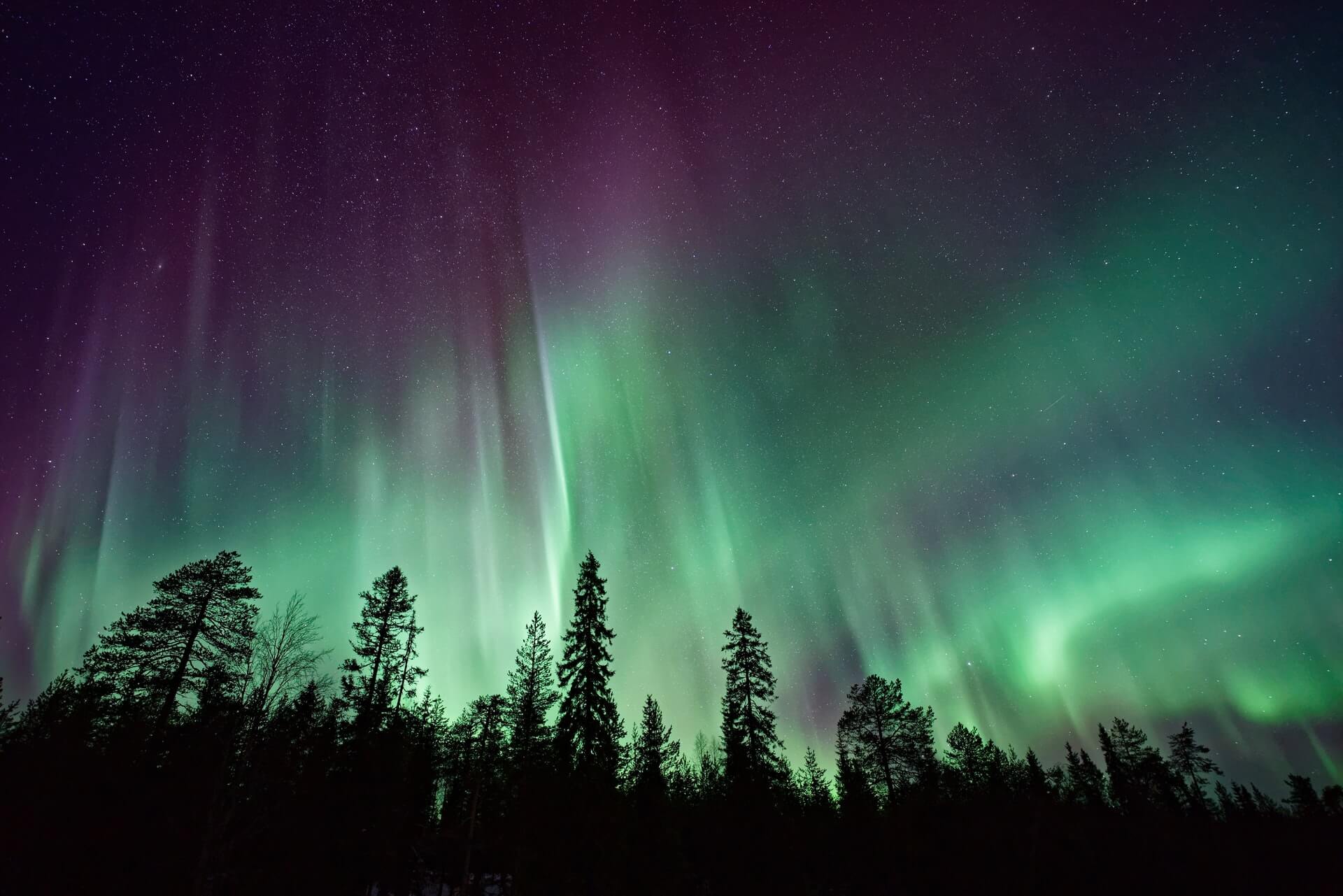
Sights and activities in Kirkenes
Snowhotel Kirkenes
The Kirkenes Snow Hotel is certainly one of the city’s best-known attractions. It is a temporary hotel – it is only open from December to April, when it is completely rebuilt from ice and snow for the next season! The temperature in the hotel rooms is a refreshing -4° Celsius, but nobody has to freeze here: the cosy beds are equipped with extra warming reindeer skins. If you don’t want to spend a whole night here, you can still enjoy the unusual atmosphere of the ice world in the hotel’s restaurant or bar.
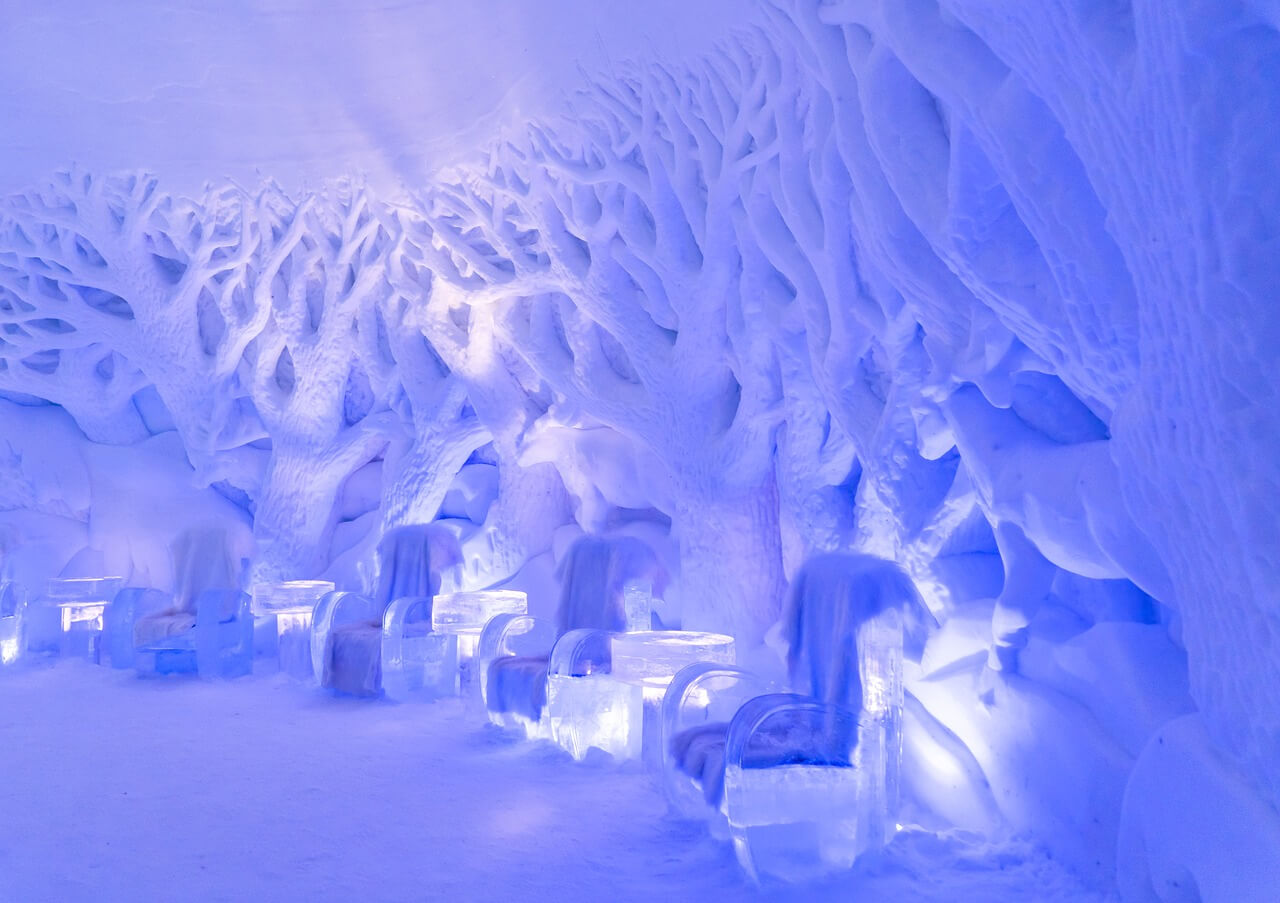
Grenselandmuseet
The Grenselandmuseet is a small museum that focuses on the history, culture and geography of the region. The exhibitions mainly focus on the Second World War and the period of German occupation or ore mining, and some are also labelled in several languages.
Andersgrotta
Andersgrotta is a grotto that was used by the local population as an air raid shelter during the Second World War – due to its strategically important position, Kirkenes was the victim of over 300 air raids. Nowadays it is open to visitors: In the oppressive and depressing atmosphere of the cave, you can watch a film about Kirkenes during the war and learn a lot about the history of the town on a guided tour. The tour also includes a visit to the nearby Soviet Liberation Memorial.
Outdoor activities
The extraordinary nature of the north-east also invites you to explore and discover in and around Kirkenes, both in summer and winter. Numerous plant species can only be found in this area of Norway, and parts of Øvre Pasvik National Park belong to the Siberian taiga – the largest contiguous forest area in the world. You should also watch out for larger wild animals: Brown bears, lynxes, wolverines and moose are at home here.
In summer, there are numerous hiking and cycling trails, but boating and canoeing are also popular, as are climbing and fishing. In winter, the area around Kirkenes turns into a winter sports paradise. You can explore the area on skis and ice skates, and there is also a wide range of tours on offer: from snowmobiles to reindeer and dog sleds.
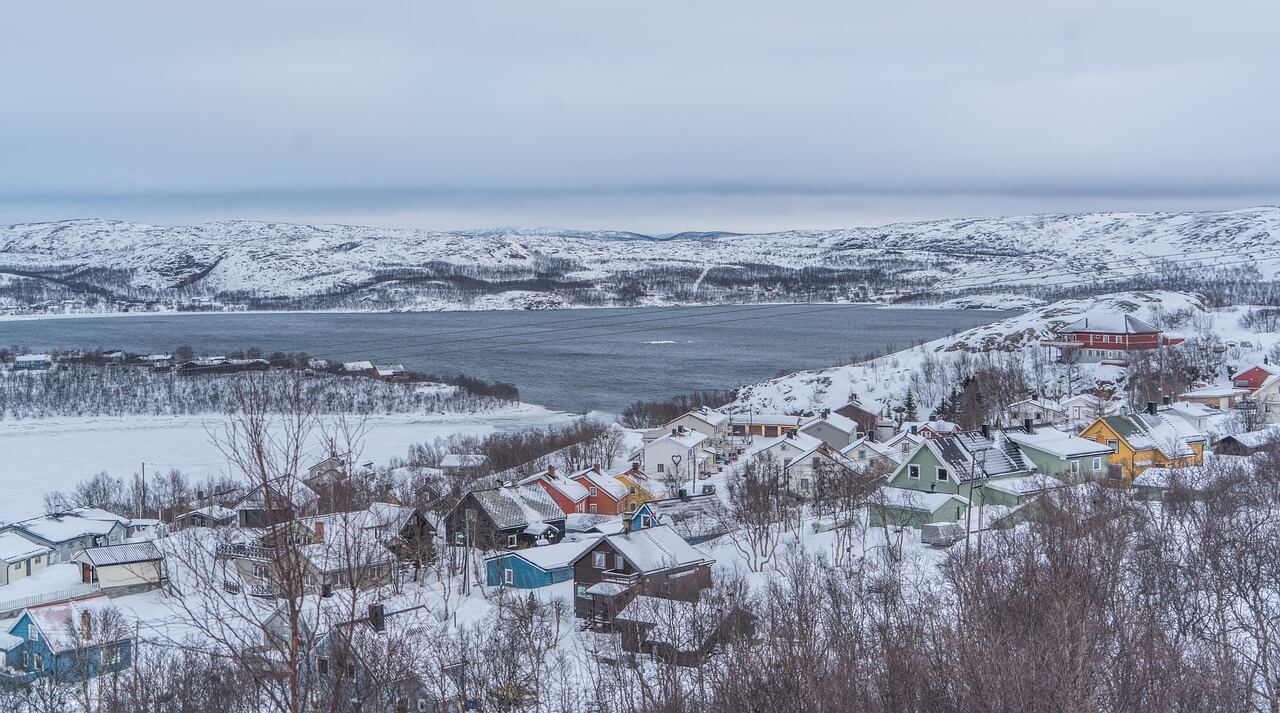
Hamningberg
If you are interested in history and culture, you can visit the abandoned fishing village of Hamningberg. The village is located around 160 kilometres from the city centre, but is well worth a visit. While most of the settlements fell victim to destruction by the German occupying forces and attacks by the Allies during the Second World War, the small village on the coast of the Barents Sea was spared and is considered the best-preserved fishing settlement in Finnmark – today Hamningberg is under monumental protection.
Accommodation and hotels in Kirkenes
In addition to the town’s highlight, the Snow Hotel, Kirkenes also offers other accommodation options. The four-star Thon Hotel Kirkenes, for example, not only offers top comfort, but also organised activities such as snowmobile safaris, dog sledding tours or bear tracking. However, other more affordable hotels, holiday flats and cabins are also available as accommodation in Kirkenes, so that everyone can find the right place to stay.
Travelling to Kirkenes
By car to Kirkenes
Anyone planning a road trip through northern Norway or northern Scandinavia should definitely make a stop in Kirkenes. The town is the start and end point of European Route 6 and is therefore well connected to the rest of Norway. Alternatively, you can also take the shorter route via Sweden and Finland via European Route 4 or 75. From the east, the European route 105 also ends or starts in Kirkenes, which mainly runs through Russia.
By boat to Kirkenes
Kirkenes can also be reached by boat. The town is the northern harbour station of the traditional Norwegian coastal line Hurtigruten, which sails around almost the entire Norwegian coast with mail ships between Bergen and Kirkenes. Stops along the way include Kjøllefjord, Mehamn, Berlevåg, Båtsfjord, Vardø and Vadsø. The journey takes about 5 1/2 days.
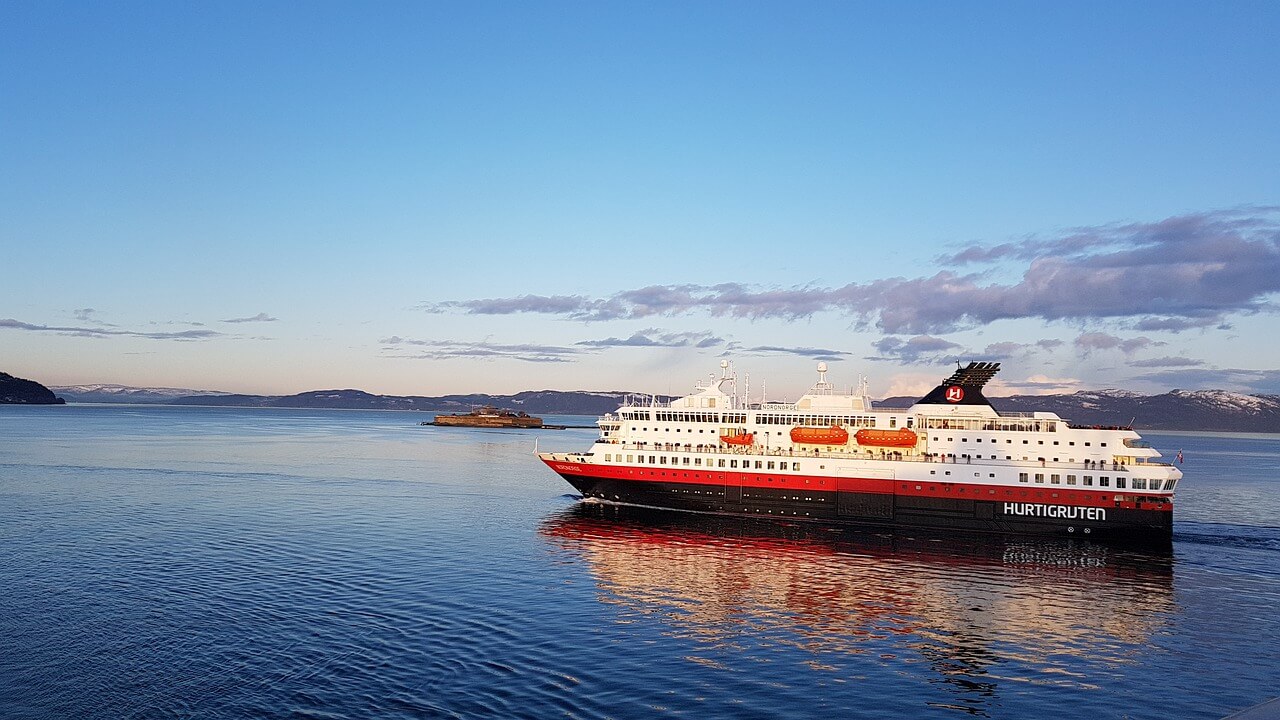
By plane to Kirkenes
Kirkenes Airport is located about ten kilometres west of the city centre. It is served several times a day by SAS flights from Oslo and also offers flights to smaller communities in the region. From the airport, you can either take an airport bus to the city centre or alternatively rent a car.
